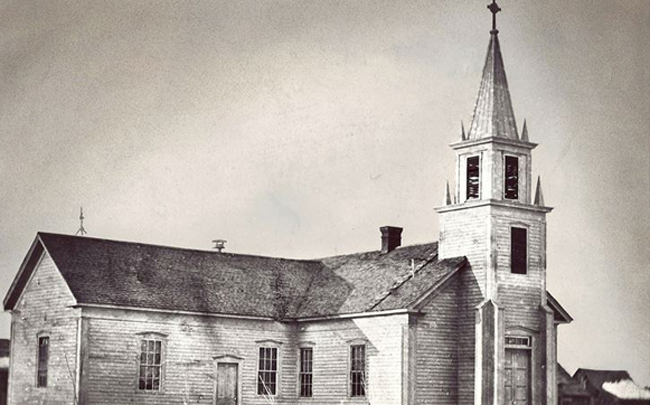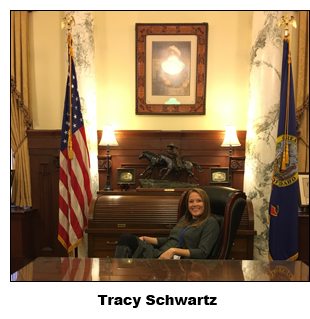

Northwest Anthropology Conference gives ITD pros "Best Practices" and opportunity to collaborate with neighbors
The Northwest Anthropological Conference (NWAC) is an opportunity for Cultural Resource professionals in the region to share research, struggles, and successes. The 71st NWAC, held in Boise in late March, allowed ITD Senior Environmental Planners Marc Münch and Tracy Schwartz to hear some great reports to help with project delivery.
These included a panel discussion on “Ethnographic Research with Northwest Tribes” and a full morning dedicated to archaeological research within Idaho. Schwartz also presented successful ITD projects to colleagues.
For the past decade, the Oregon Department of Transportation (ODOT) and Washington Department of Transportation (WSDOT) have collaborated on a transportation symposium that highlights the work of both agency's cultural resource programs. ITD and its consultants joined our neighboring DOTs in the discussion this year. 
Bionomics Environmental presented a paper titled “Early Lesson from Old Highway 30, Caldwell, Canyon County, Idaho” where they discussed the many cultural resources constraints facing the proposed realignment of the highway, which is an LHTAC and Canyon County Highway District project. Their discussion covered everything from a potential burial to Section 4(f) requirements.
TAG Historical Research and Consulting discussed the history of the Broadway Bridge and the mitigation that resulted as a result of its replacement in 2016. Schwartz shared the great effort that went into stabilizing the Christ Chapel church near Boise State University and the Boise River during the replacement of the bridge, including the physical work done to the building and collaboration beforehand. Schwartz also participated in a panel discussion with ODOT and WSDOT counterparts, sharing the issues ITD faces over impacts to irrigation canals.
Perhaps the most fruitful part of the conference came during the side conversations that happened once the professional papers and panels were complete. Cultural Resource professionals from all backgrounds and agencies were able to share ideas and solutions to problems.
ITD staff had productive discussions with our peers and that will lead to innovative ideas. One consultant even shared information about canals they found helpful in another state. It was an important reminder that environmental compliance isn’t just about surveys and reports. It is about relationships and building partnerships.
Published 06-08-18